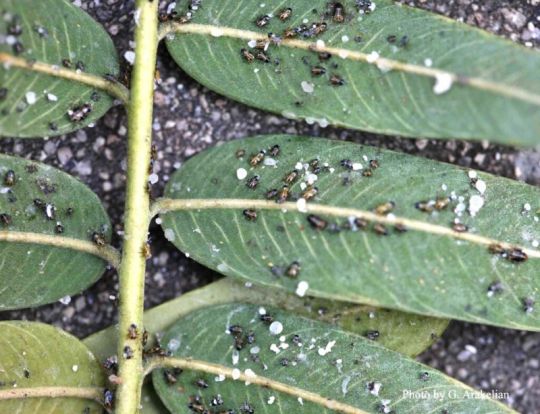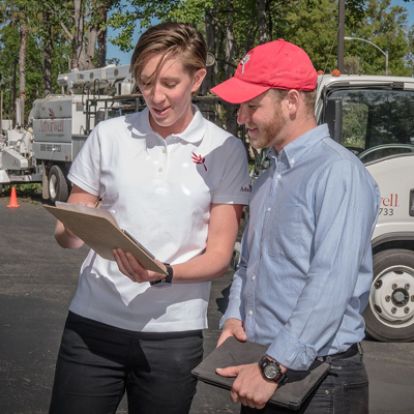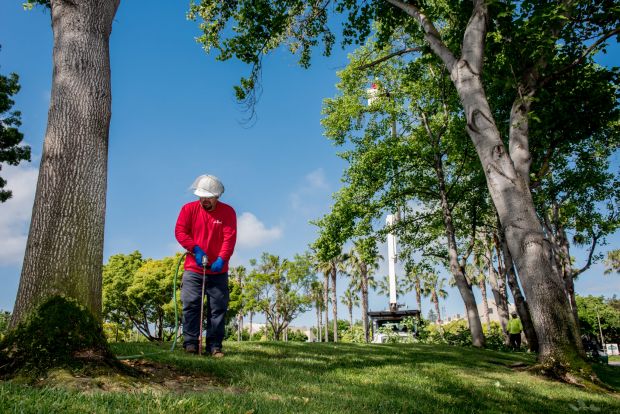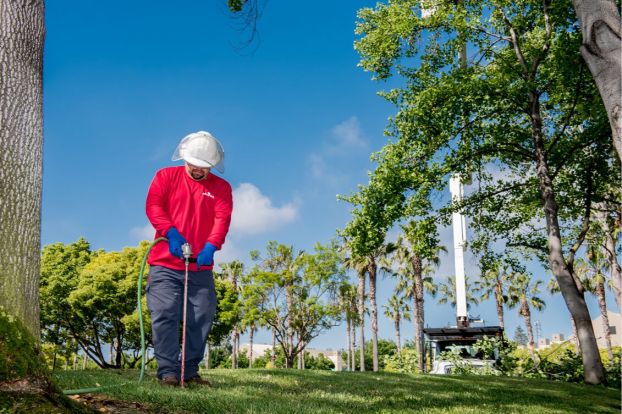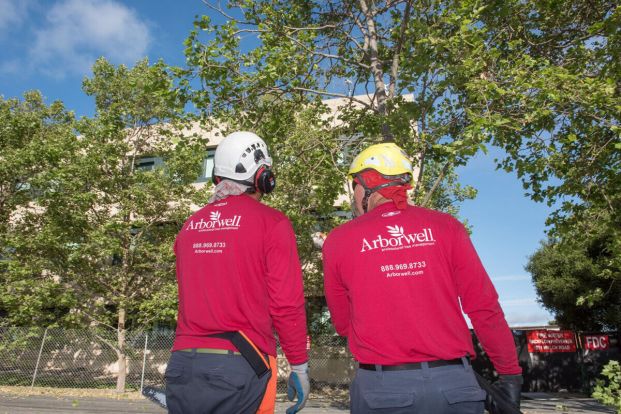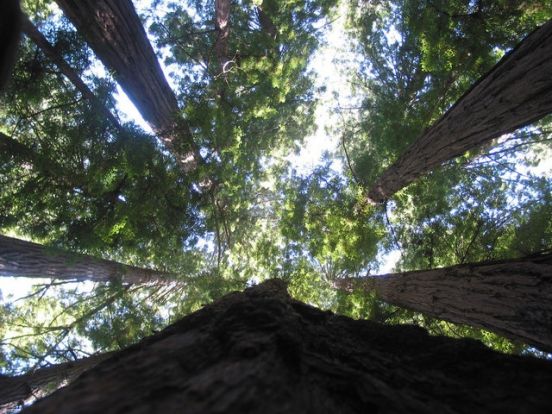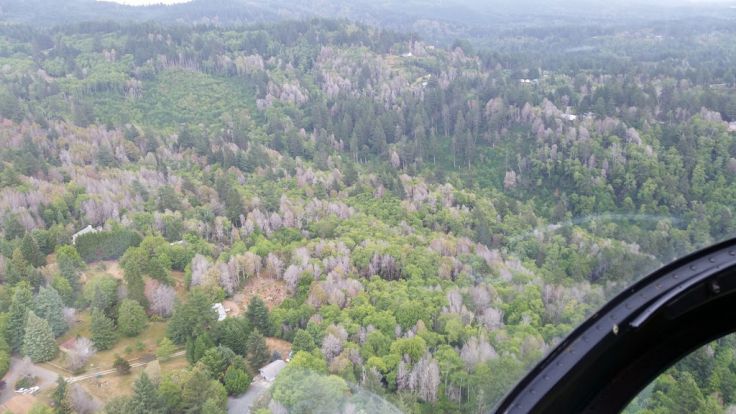Spotlight on Asian Citrus Psyllid
The Asian citrus psyllid is garnering a lot of attention lately, largely because it spreads a serious disease called citrus greening disease or huanglonbing.
The insect itself is a fairly important pest on citrus. It is native to Southwest Asia and introduced to the United States in 1998 and in California in 2008. They are smaller, brownish insects that are fairly hard to spot until they begin to do damage. The adults lay eggs on citrus leaves and when the young hatch they feed on the leaves, exuding a sticky substance called honeydew. This sticky mess on a citrus plant is often the first noticeable problem. Leaves will turn a pale green, with twig dieback and lead to small, underdeveloped fruit if not controlled.
Asian citrus psyllid, california, citrus disease, citrus pests

